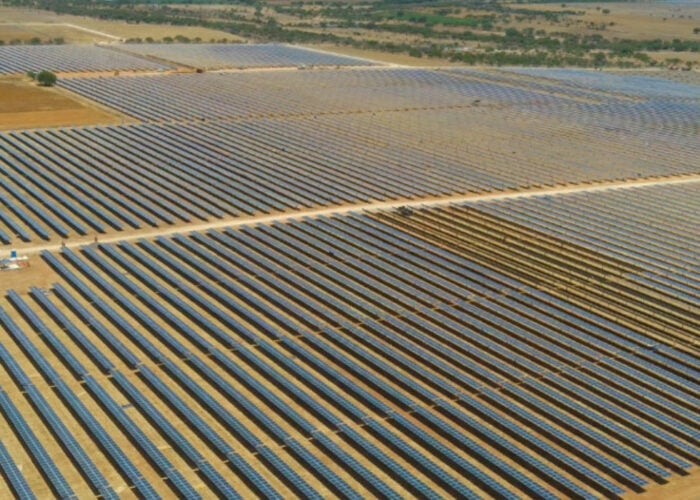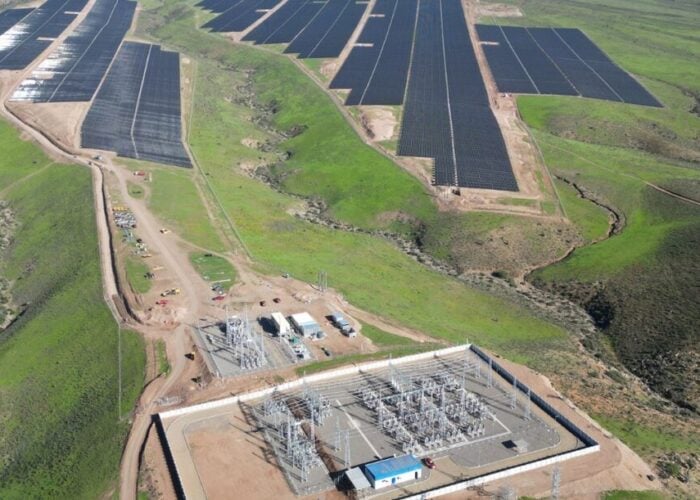GCL-Poly Energy Holdings has started commercial mass production for its second-generation quasi-monocrystalline silicon wafer product. The GCL ‘Monocrystalline G2’ wafer is claimed to be comparable in conversion efficiencies with that of conventional Czochralski-based monocrystalline wafers.
Problem
Historically, the Czochralski-based method of producing monocrystalline solar wafers has production costs significantly higher than casting techniques used to produce multicrystalline wafers. However, higher efficiencies and PID free elements to monocrystalline have led to the developments of a quasi-mono technique.
Try Premium for just $1
- Full premium access for the first month at only $1
- Converts to an annual rate after 30 days unless cancelled
- Cancel anytime during the trial period
Premium Benefits
- Expert industry analysis and interviews
- Digital access to PV Tech Power journal
- Exclusive event discounts
Or get the full Premium subscription right away
Or continue reading this article for free
Solution
According GCL-Poly testing data provided by multiple clients using its new G2 wafers have produced an average increase of 1.1% in conversion efficiencies and a substantial improvement in silicon wafer performance compared to its first-generation monocrystalline silicon products launched in 2011. Compared to monocrystalline wafers manufactured through the traditional ingot-pulling process, the company claims its G2 product delivers an additional 0.5% efficiency gain and a 1% average reduction in lumen degradation.
Applications
Quasi-mono wafers can be used for modules with output of 280/335W (60/72PCS) or above.
Platform
GCL-Poly developed the quasi-mono ingot furnace in-house that employs with advanced casting techniques including a special polysilicon feed mechanism to produce the quasi-mono wafers from a casting technique that is said to create a Unique crystalline structure.
Availability
January 2014 onwards.






